Your commercial building’s power jumps off in a storm, and you immediately wonder when your electricity will be restored. You’re not worried, though, thanks to your industrial generator.
Research shows that the generator market is anticipated to grow by nearly six percent from 2023 to 2030. The increased demand for generators stems from population growth, industrialization, and urbanization. Companies especially seek backup power for outages to guarantee uninterrupted operations.
Replacing parts is a common part of industrial generator repair. Let’s explore the top seven most common parts to replace as part of your industrial generator maintenance process.
Table of Contents
1. Generator Oil Filter
Your industrial generator’s oil filter cleans your machine’s oil and keeps it from turning abrasive and thick, which may damage its engine. How frequently you replace your oil filter depends on multiple factors. These factors include the following:
- Generator condition
- Generator usage
- Generator type
Industrial generator owners should generally change their oil filters whenever they change their machines’ oil. This is typically annually or after a couple of hundred hours of usage.
Follow your generator manufacturer’s instructions for the machine’s oil change frequency, and inspect your filter regularly for damage or wear. Changing your oil filter at the proper intervals may help prevent potentially costly engine issues and extend your generator’s life.
2. Generator Block Heater
Another part to replace on an industrial generator as part of your generator care regimen is the block heater. Block heaters warm up industrial generators’ engine blocks, particularly when the generators aren’t in use. They help generators do the following:
- Run and start smoothly when the weather is cold
- Reduce engine emissions and wear
- Conserve fuel
Industrial generator block heaters heat the hydraulic fluid or coolant circulating around their engine blocks. Your coolant cools the generator down and helps reduce corrosion (wearing away). The ideal temperature for your industrial generator’s coolant is 100-200 degrees Fahrenheit.
An industrial generator block heater may also keep water from developing in the machine’s oil pan. This is important since water condensation may clog the oil or fuel filter (more on this later), resulting in engine failure.
Replace your block heater after three years or when it’s become faulty, which may cause your generator to struggle to start or malfunction. A sign of a faulty block heater is cool coolant. Check the heater weekly and flush it every couple of years to further ensure this generator part’s optimal performance.
3. Generator Battery
The battery is another common part to replace on an industrial generator. Your industrial generator battery stores electrical power and provides power to your machine when needed.
Check your battery regularly for cracks, leaks, and corrosion, and replace it every 2-3 years or if it shows signs of damage, wear, leakage or corrosion. Replacing your battery regularly may help prevent unexpected industrial generator failures.
Generators without working batteries can’t start reliably and quickly during power outages, leaving the systems connected to them without the backup power they need.
See related: Industrial generator buying guide.
4. Generator Fuel Filter
fuel filter is one of the important industrial generator components to replace. This filter prevents foreign particles, like dust, from entering your generator’s engine, decreasing its performance.
Replace your fuel filter after using the generator for 500 hours or 20 days straight. Regular fuel filter replacement will ensure your engine gets optimal and clean fuel, improving your generator’s lifespan.
Remember that some industrial generators use gas, while other types of generators use diesel. Use of diesel generators offers several benefits, including quick kick-in times. These generators produce more emissions than their gas counterparts, though, which might pose regulatory or environmental challenges.
Gas generators utilize natural gas, which is cleaner-burning than diesel. These generators are also usually less expensive than their diesel counterparts.
The drawback of a natural gas generator is that it’s more flammable than diesel, so it’s not safe to store onsite. You have to depend on a gas pipeline instead, which might cause interruptions or delays during a disaster or power outage.
5. Generator Belt
An industrial generator’s belt is a flexible material that links multiple machine parts called rotating shafts in the generator to transmit power efficiently. Inspect your belt weekly for cracks and proper adjustment, and replace it based on your belt manufacturer’s guidelines. Belts generally should be replaced every three years to ensure quality performance.
6. Generator Spark Plugs
Individuals responsible for maintaining or repairing your generator should pay close attention to the unit’s spark plugs. The spark plugs ignite your engine’s mixture of fuel and air. Your spark plugs require replacing if they become damaged, corroded, or dirty.
Industrial generator spark plugs should be replaced each year or every hundred hours, whichever occurs first. Look for signs of tear and wear throughout the year, such as incorrect gaps, cracks, or deposits. Quality spark plugs help industrial generator engines last longer and run better.
7. Generator Voltage Regulator
The industrial generator’s voltage regulator maintains a stable generator output voltage. This part senses fluctuations in the voltage and makes field current adjustments to make the voltage stable. It’s critical since it ensures the generator receives a reliable and steady power supply.
Voltage regulators should generally be replaced every couple of years or 2,000 hours, whichever occurs first. Replace your voltage regulator sooner if it doesn’t regulate your voltage correctly, which may cause power surges or fluctuations.
Indicators of a failing voltage regulator include erratic readings, dimming lights, and flickering. Faulty regulators may damage generators and any equipment connected to them. Properly functioning voltage regulators help generators run efficiently and smoothly.
See related: How to secure commercial generator from theft.
Industrial Generator Repair and Replacement
The top common parts to replace on an industrial generator include the oil filter, fuel filter, and block heater. Other parts to add to your industrial generator repair and maintenance list include the battery, belt, spark plugs, and voltage regulators.
At Swift Equipment Solutions, we pride ourselves in offering top-quality industrial generators when you’re ready to replace your existing equipment or unit. Our dependable used generators come from leading industry manufacturers like Kohler, Waukesha, Caterpillar, and Cummins.
Contact us to learn more about our many industrial generator options, and shop our broad inventory now!

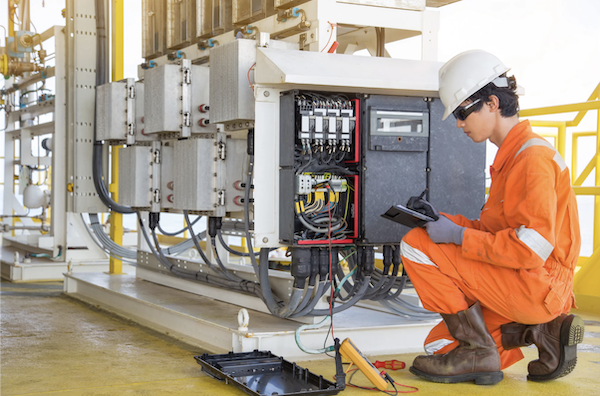

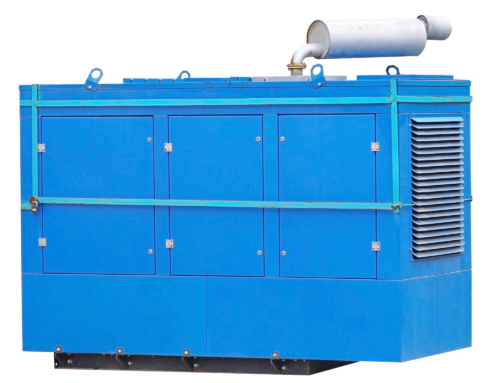
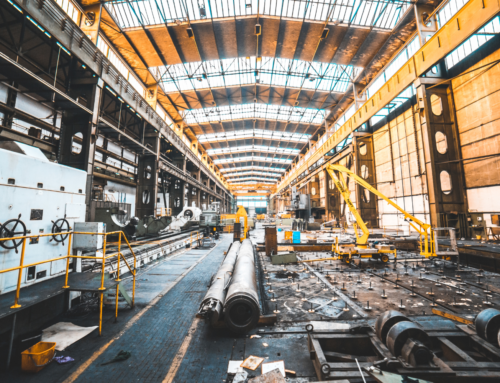
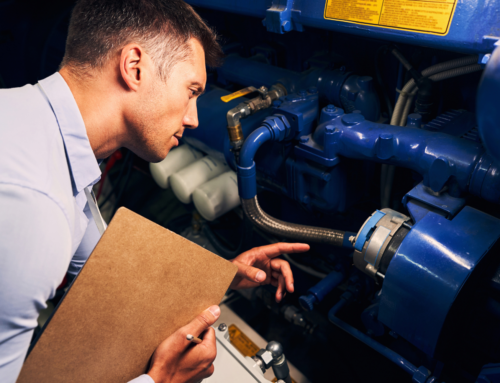
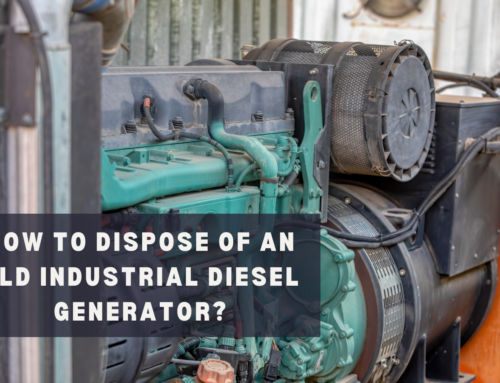
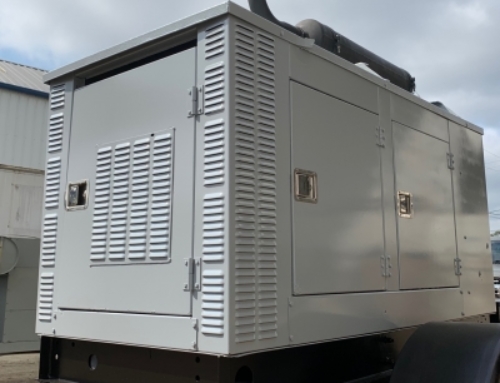
Leave A Comment